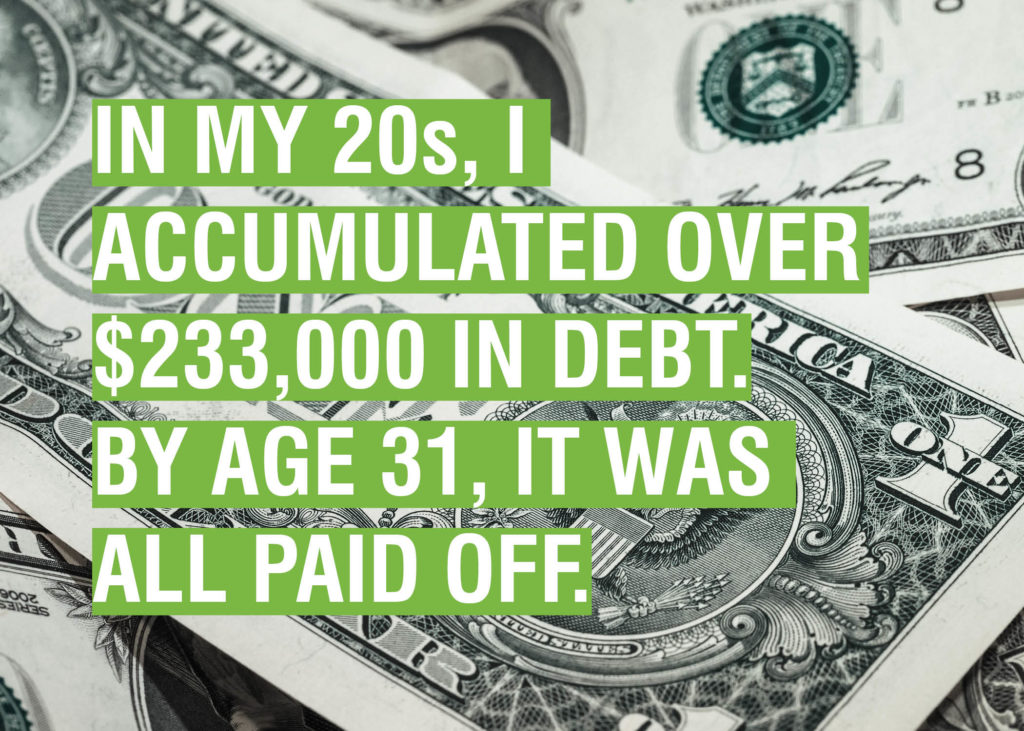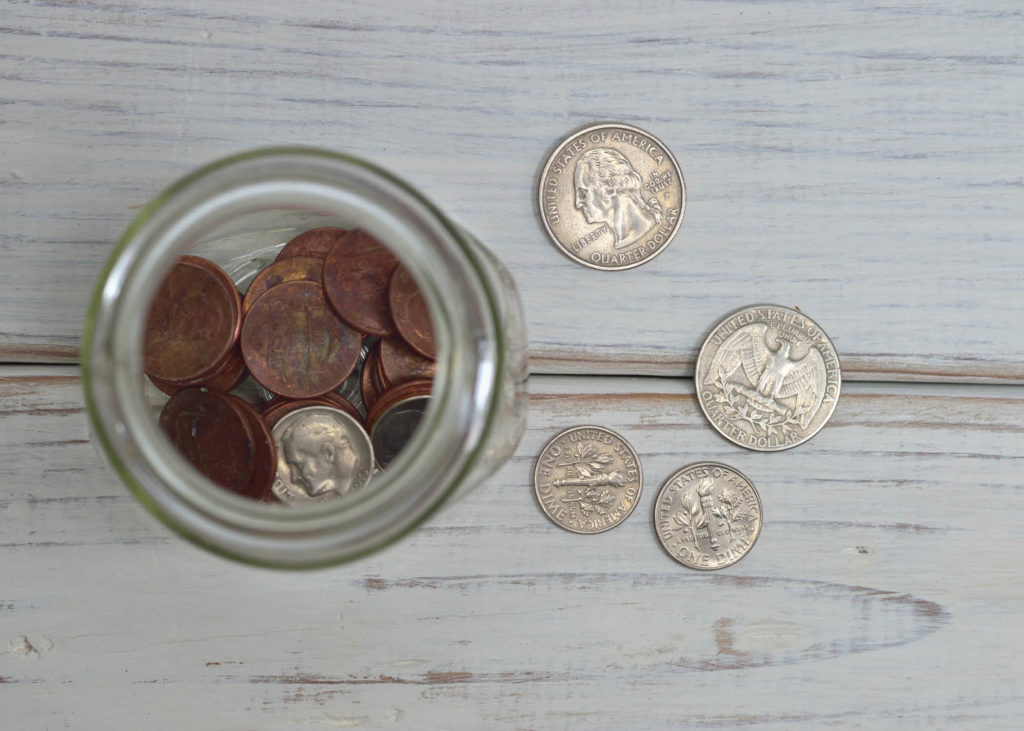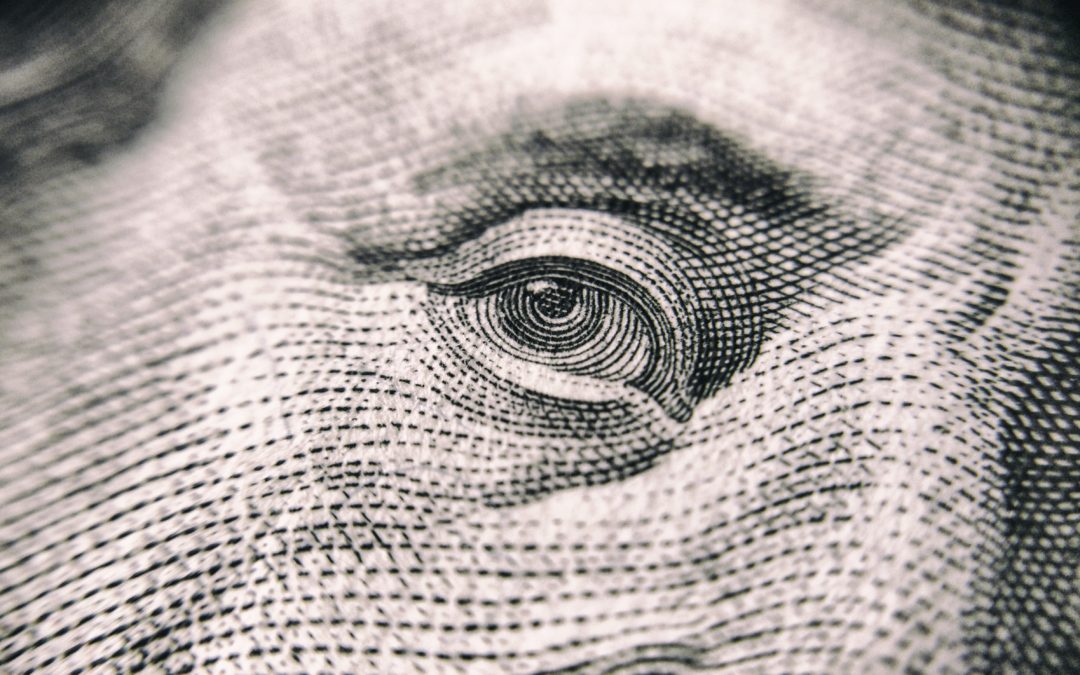Today marks one year of living debt free. At 31 years old, I’d say this might be one of my proudest accomplishments.
Unfortunately, few other millennials are in this boat with me. In fact, 81% of millennials live with debt—with an average price tag of $67,000! So how did I manage?

Rookie Financial Mentor…Not!
I’m not about to add “Financial Adviser” to my résumé. (I suppose I should offer this little disclaimer: I’m definitely not an expert when it comes to personal finances.) Nevertheless, I have held steady and would say my money management practices have proven effective.
I don’t think my situation has been anything extraordinary. And I think most of the tools and tactics I’ve used are within anyone’s reach.
In The Beginning, There Was Debt
I was 30 years old with 12 years with debt under my belt—nearly half my life…and all my adult life…in debt. If you’re not paying attention, it can feel like it happens overnight.
Student Loans and Car Payments
Right out of high school, the debt started accumulating. Enrolling in undergraduate studies at a private institution set me back. The Maryland Institute College of Art is the nation’s #3 school for art and design, and it proved a valuable experience for me. But it ain’t cheap! From when I first enrolled at MICA to my graduation day, tuition rose 30% to $32,680—22% more than the average for a private institution. Last year, MICA was reported to have a tuition that was 63% more expensive than the national average and 122% more expensive than the average Maryland institution!)
While I was fortunate to have some family assistance and inheritance funds going toward my cost to attend, I still needed to acquire two student loans to cover the remaining expense.
Then, I bought my first car—a Toyota Yaris. It was fuel-efficient and suited my needs, the price point was right for my just-out-of-school income, and I could trust a Toyota to last me a good while (I still have that car, 10 years later!). With a whopping $300 credit for trading in the car I’d driven since high school, my loan totaled about as much as the cost of the car.
Current tally: two student loans and a car payment.
A few years later, I went back to school to earn my master’s degree. While I was fortunate enough to land a paying gig through my school’s program, which discounted my tuition, I still needed some loans to fund the gap. I added three more loans to my collection, for a total principal student loan debt of about $30,000 by age 26.
Extreme Adulting: Buying My First Home
As if five student loans and a car payment weren’t challenging enough, immediately upon earning my master’s, I bought my first home. Fortunately, I was able to get some assistance through various home-buyer programs: some from my employer’s Live-Near-Your-Work incentive, as well as a grant* from the City for being a first time home-buyer. Still, the home cost $285,000, and I wasn’t paying the remainder out of pocket!
*The first time home-buyer incentive is a conditional grant which requires recipients to stay in the property for five years as their primary residence. Unfortunately, after just three years in the property, I had to sell it. The portion of the money remaining on the grant’s term had to be paid back.
The Grand Debt Total
The grand total? In the fall of 2014, right after purchasing my home, I had six simultaneous loans: a car payment, four remaining student loans (a fifth student loan already paid off by that point), and my mortgage. At that time, the amount of debt in my name was at its highest—in excess of $233,000!
Fortunately, peak-debt didn’t last too long. And I slowly tackled it one loan at a time.
Paying My Dues, Strategically
Paying down the debt was a chore. Owing money was a source of anxiety and frustrations, and it constantly felt like a losing battle when my monthly payments barely seemed to move the meter. I wanted to pay it all off as soon as possible.
Strategically, I identified the loans which were easiest to pay off immediately and those which were my highest-interest loans (seeing as they were costing the most). I eliminated those high-priority loans first. Every payment I made…every loan I closed out…just gave me more motivation to keep at it.
Whenever I’d get large chunks of money—e.g., work bonuses, tax returns, or gifts from family—I’d put it all toward my loans.
First to go was my car payment. The Yaris was a reasonable car for my income. And by continuously contributing more than the monthly payment, it was paid off in 5 years.
Car payment: eradicated.
The amount that I had been putting toward my car payment was then redirected to bump up my other payments. I didn’t get the satisfaction of “extra” money, but it snowballed into ever-growing amounts that I could put toward paying off my loans. Thus, the student loans were the next to go. With a final payment in December 2017, I eliminated that debt entirely.
Finally, when I sold my home in March 2018, I eliminated my mortgage—the last remaining bit of debt.
While I wish I could say I paid off the home completely, I’m just glad to have that expense removed.
By making just the minimum payment, I would have been 46 years old when the loan was finally paid, and the amount spent on interest alone could have bought another home outright.
Credit Cards…Ca-Ching!
Loans have typically been my only debt. Over the years, I’ve had negligible credit card bills, never in excess of $4,000—and only ever that high for big purchases which I promptly pay off.
I keep my credit cards for emergencies, but also to use for regular purchases because I know it’s a great way to build credit— which I’m sure to maintain good standing by paying those bills in-full each month.
As a habit, I try to avoid spending more with my credit cards than I can pay off with a single paycheck. If ever my balance can’t be paid off immediately, I absolutely prioritize getting that back down to zero as quickly as possible—no excuses.

Okay, But How Did I Do It?
So that all explains what I did, but you might be wondering how I did it. Of course it took work. At multiple points in my life, I’ve held more than one job—I once had three positions on top of attending grad school! But really, controlling my finances just came down to strategy.
The word “budget” may feel a bit restrictive, but having a spending plan for each pay period is undeniably critical. Without a plan for how I’m going to spend my money (or not), I’m likely to overspend.
In order to have an effective spending and savings plan, I need to stay on top of the balance in my accounts. Which is why I receive daily banking text alerts.
Yes. Daily.
Every morning, I wake up to two notifications alerting me of my account balances. I imagine some might find this stressful. Actually, though, I’m much more likely to deviate from my spending plan when I lack a clear picture of the available money in my accounts. (For some reason, I always think I have more than I do =P )
So I’ve started logging every single transaction—a.k.a., balancing my checkbook…you know…the good ol’ fashioned way: with pen and paper! Yep, I set up a new spending plan every paycheck…which means my budget changes every two weeks depending on my income…and I use a ledger to count down the remaining balance for that pay period.
Stashing my Acorns
At the same time as I paid off my debt, I was (and still am) strategically saving. I have some relatively liquid accounts where I save money for an emergency fund, or for big purchases—like the down payment on my home.
Recently, I split the amount in one of my accounts so I could transfer a portion into a higher-interest earning account. Even if I’m unable to make a single contribution over the next year, I calculated that this simple adjustment—which took about 20 minutes at my bank branch—will earn me an additional $531.84. That could easily fund an overnight road trip or multiple outings with family and friends!
Pretty aggressively, I store away my money for a rainy day. And for my longer-term needs, I squirrel away even more with retirement accounts.
Retirement Savings
I’m lucky. I had a healthy start to my retirement savings. With some inheritance money, I was able to start a retirement account in my early twenties. In January 2010, at a relatively low point in the market, I opened a retirement account which has grown 640% since. I took an early distribution to put toward the purchase of my first home (you can withdraw up to $10,000 from a Traditional or Roth IRA for this purpose without paying the 10% early withdrawal penalty). And, upon selling my home, I was sure to immediately put that money (and then some) back in to continue that growth.
In addition to my personal retirement account, I opened an employer-sponsored IRA at the age of 27. My plan includes a 20% match from my employer—and the best part is that I automatically invest with every paycheck. Automation puts the money aside before I even see it, avoiding the temptation to spend it!
Wealth Building
With my debt eliminated, my plan has been to build my savings and plan for the next 5…10…30 years. In addition to short-term savings goals (e.g., travel, training workshops, etc.), my goals include saving to buy my next home, having a robust amount saved to support starting a family one day, and growing my retirement savings.
For buying a home, I’d like enough saved to make a down payment and have a healthy amount remaining. Having done this once before, I have ambitious goals for the second time around. At the time of selling my home, I had paid $67,206.02 in interest, principal, and escrow payments. That said, I had only reduced the principal by $12,343.71! Having purchased my home with a reasonable down payment, and still acknowledging the cost of a hefty loan, I’m making it a goal for my next home to pay at minimum 30% of the housing cost at the time of settlement—ideally, much more.
I also don’t know when I’ll be starting a family, but I know that I’d like to. And hearing the stories about how much kids cost has kinda sobered me up a bit! I’ll be damned if I’m not over-prepared!
And lastly, I’d like to have enough of a retirement fund built up so I can stop working by 62 (at the latest!). This means I am currently halfway to my retirement age. But with the amount in my retirement savings, I’m only 7% there.
My Favorite Personal Finance Secrets and Tricks
So my big tips: have a spending plan, have a savings plan, and vigorously follow both. I use text alerts to stay on top of my balances, and I use a ledger to track my expenses. Some other tools help as well,
I have a multi-sheet workbook (I use Google Sheets) in which I keep tabs on my finances. I track my income, my expenses, my savings goals, my net worth, and my transaction ledger/balance sheet (which I print and carry with me). This workbook tracks metrics which I can use as a guide to set targets and it’s a progress report against which I can hold myself accountable for meeting those goals. It lets me know how many months I could survive if my income were removed. It helps me project and forecast my retirement savings. And it reminds me that every day I’m getting better.
Also in my arsenal are a few more financial tools and resources:
- My banking apps, for every bank and credit card institution I use
- Mint.com, for compiling all my financial details in a single place
- Credit Karma, for tracking my credit
- Robinhood, for investing from the comfort of my couch
- Acorns Investing, for automatically saving funds
- Venmo / Cash App, for non-traditional sales and money transfers
- Key Ring App, for carrying around membership cards
- Spotify, to listen to my “f*ck your money” playlist
Getting Discounts and Saving on Purchases
I haven’t quite hopped on the no-spending train. But when I do shop, I strategically shop! There are a few services which help me save money when I shop online, including:
- Honey, for finding the best prices and coupons
- Thrive Market, for getting some of my favorite products at great prices
- Amazon Prime, for free shipping and great prices
Odds & Ends
Interestingly enough, my goals of minimizing and decluttering have also helped. Holding a yard sale and using services like Craigslist and Facebook Marketplace, I earned close to $1,000 this past January just by selling my stuff.
What I mean to say is, the money is out there if only you look for it and hold on to it!
Conclusion
When I faced divorce, I had to contemplate my finances in a way I hadn’t quite been prepared to. This sparked what I guess you could call a quarter-life…realization? It was a realization that my foundation wasn’t as robust, financially speaking, as it could be.
I have been responsible enough with my money to avoid any real trouble. But I crave more financial independence. I want to be self-reliant and also experience the freedom to live a life I want. Which is why I’ve been aggressively working toward eliminating my debt, organizing my finances, and building my wealth.
Eliminating my debt last year was a huge milestone and it has afforded me the time and money to proactively work toward reaching my financial goals. I’m in a good place at the moment, which is the perfect time to start planning for anything the future may bring!
But it’s always a good time to start a wealth-building strategy. No matter where you are, today is the day to work toward building your future.

If you have your own debt experiences, I’d be happy to hear and chat! Leave a comment below!



Wow! Thank you so much for sharing your story and this comprehensive guide! I’m currently swimming in student loan debt from undergrad and grad school, and for the first time ever, wasn’t able to pay my entire credit card bill last month. I’ve kept a very detailed budget for 2 years now on a google sheets, but I haven’t used the information to actually create a strict savings/spending plan. Although I’ve seen my overall balance decreasing over the last few months, I haven’t done much about it and when I finally realized that I couldn’t make the full credit card payment, I knew it was time to make some tough decisions. Your story came at a great time for me, thank you for the advice and resources!!